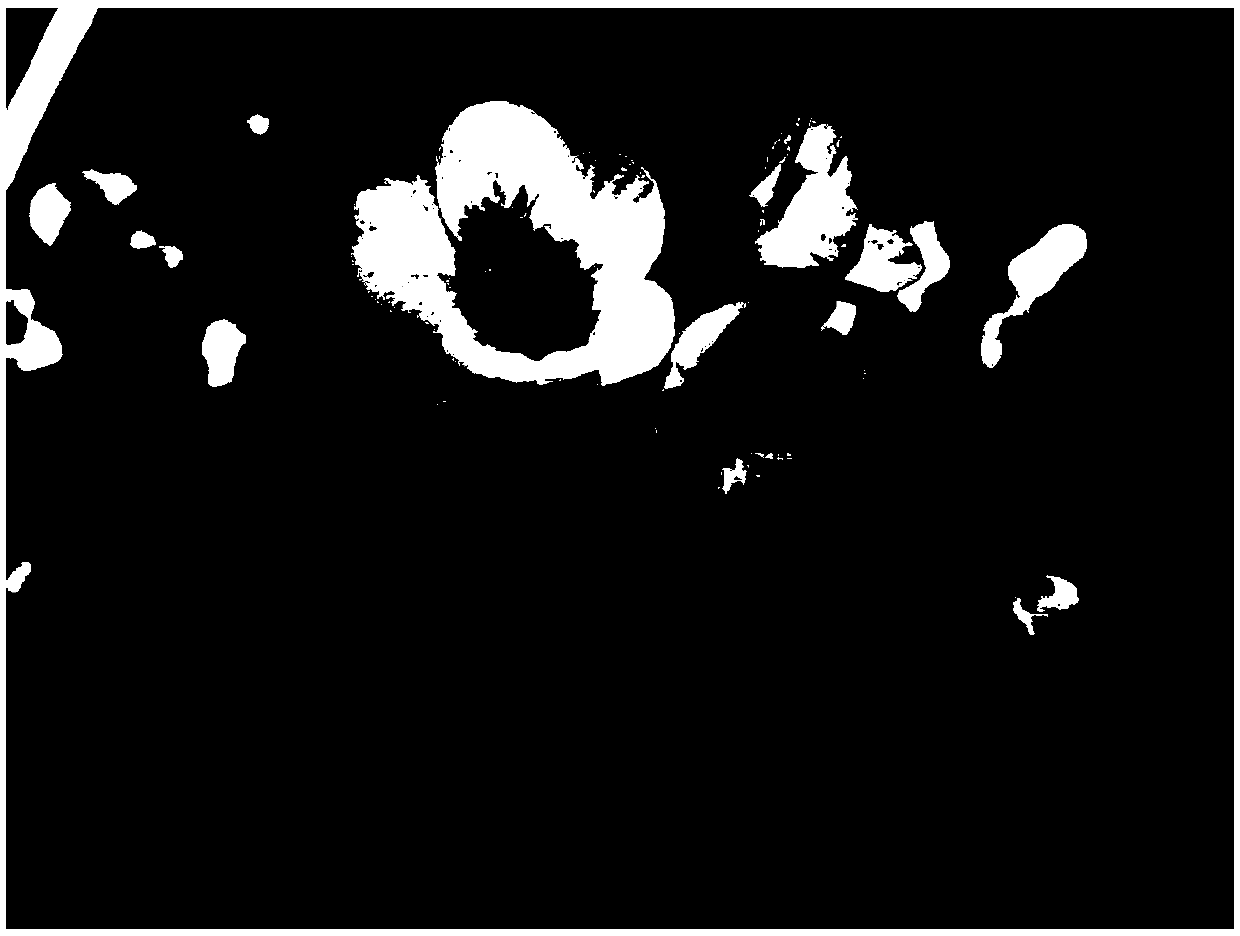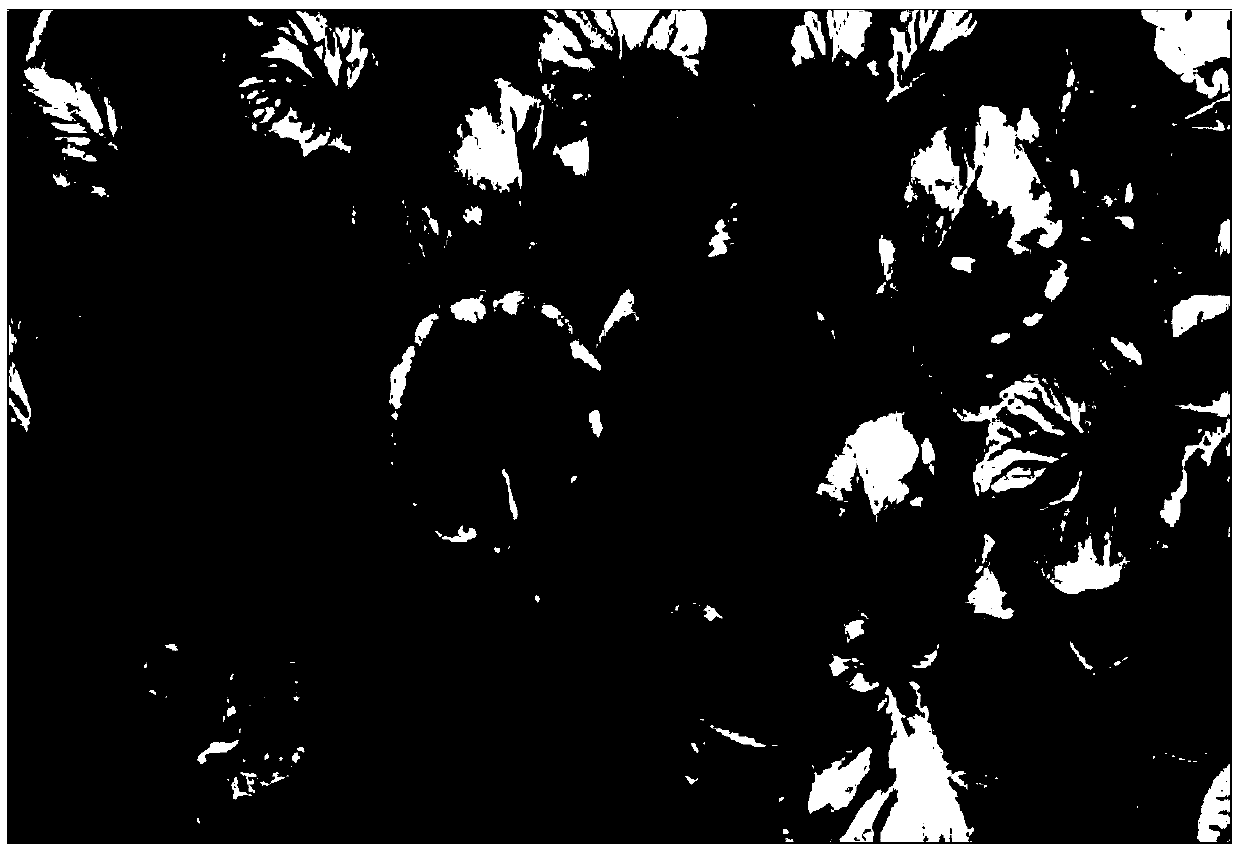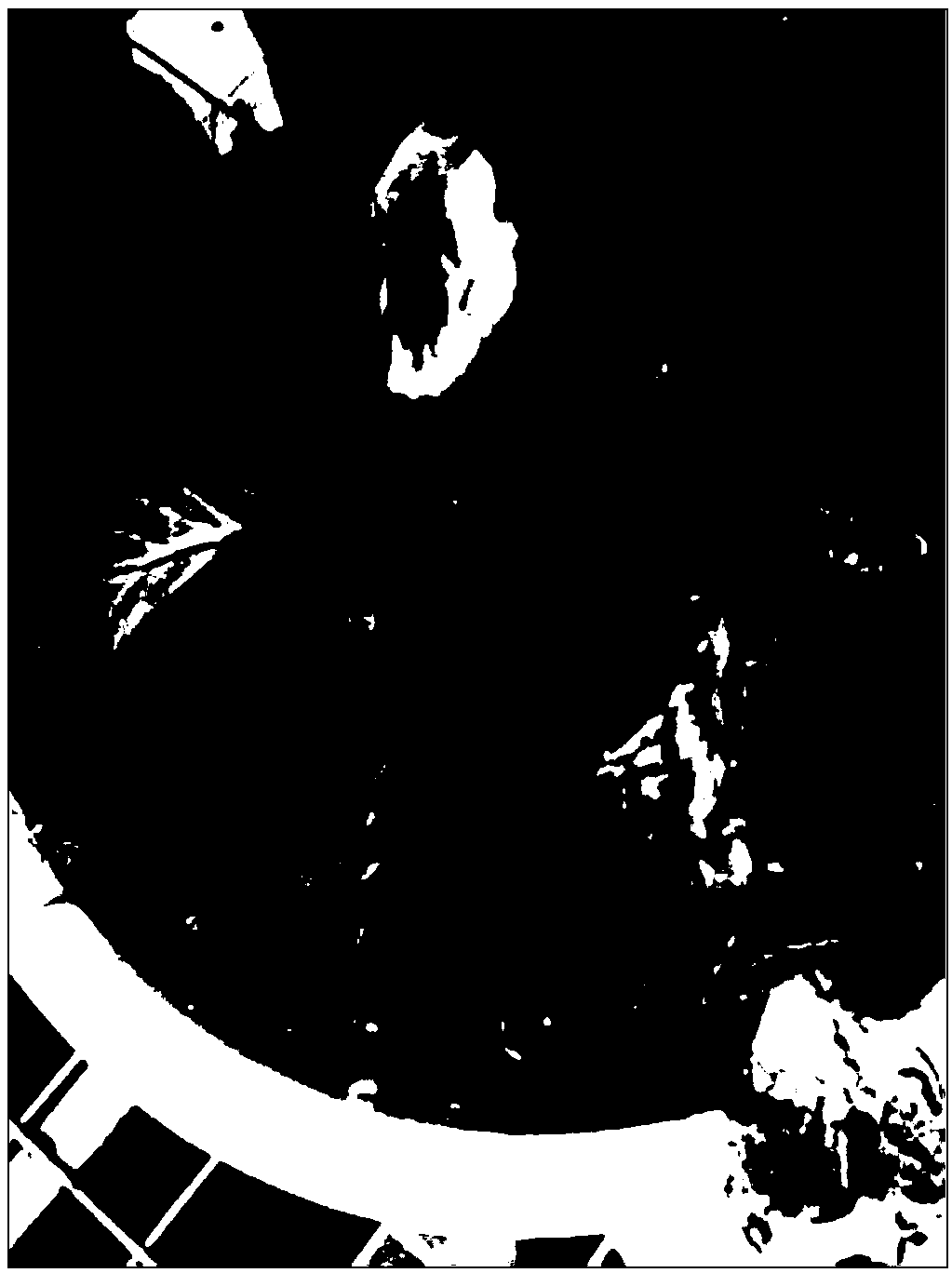A kind of method for preparing Qinling rock cabbage by biological tissue culture
A technology of biological tissue and rock cabbage, applied in the field of biology, can solve the problems of low reproductive rate of wild Qinling rock cabbage, achieve the effect of improving survival rate and obvious technical effect
- Summary
- Abstract
- Description
- Claims
- Application Information
AI Technical Summary
Problems solved by technology
Method used
Image
Examples
Embodiment 1
[0027] 1Materials and methods
[0028] 1.1 Test materials
[0029] Qinling rock cabbage is taken from the Qinling Mountains at an altitude of 1800m. After half a year of cultivation in Shanghai, select healthy, disease-free and pest-free plants as the sampling female parent, take the female parent's apical buds and the seedling apical buds from the ramets as the starting explants, remove the roots and leaves, and trim the stem tips for disinfection After the initial culture.
[0030] 1.2 Culture conditions
[0031] The sterile seedlings are cultivated under light conditions, with an illumination of 1500~2500lx, a photoperiod of 10~14h / d, and a temperature of 25℃. The pH of each medium was adjusted to 5.75, sucrose 3%, agar 0.64%, and kept in an autoclave at 121°C for 18 minutes after sub-packaging.
[0032] 1.3 Obtaining aseptic vaccine
[0033] The cutting and treatment of Qinling Bergenia explants are as follows: After rinsing with tap water, remove the leaves and thick fleshy rhizo...
Embodiment 2
[0047] Example 2 Differentiation and Proliferation Culture
[0048] 1. Medium formula design
[0049] In the proliferation stage, MS is used as the basic medium, and ZT is set to 5 concentrations of 0.1, 0.5, 1.0, 2.0, and 3.0 mg / L; KT is set to 6 concentrations of 0.01, 0.05, 0.1, 0.5, 1, 2 mg / L ; IBA is set to 6 concentrations of 0.01, 0.02, 0.05, 0.1, 0.2, 0.3mg / L; at the same time, riboflavin 2~10mg / L is added.
[0050] 2. Differentiation and proliferation
[0051] The test-tube plantlets induced on the primary induction medium, when they gradually grow up and a certain amount of test-tube plantlets are obtained, select the test-tube plantlets with a height of 0.5 cm and a bright green color, and transfer them to the proliferation medium in the same batch to select the appropriate proliferation medium. . The results showed that when the ZT concentration was 0.5-2 mg / L, the proliferation coefficient reached 2 or more, and when the concentration was 1 mg / L, the proliferation coeff...
Embodiment 3
[0060] Example 3 Rooting culture
[0061] At the rooting stage, MS was used as the basic medium, and IBA was set to 6 concentrations of 0.1, 0.25, 0.5, 1.0, 2.0, and 3.0 mg / L, and riboflavin was added at 2-10 mg / L. When the concentration of the additional auxin IBA is lower than 2.0mg / L, the rooting rate increases with the increase of the concentration, and the time to produce adventitious roots decreases with the increase of the concentration. When it exceeds this threshold, the rooting rate begins to decrease, and a small amount is produced at the same time Callus. In the concentration range of 0.5~2.0mg / L, the root primordium is partially formed in the seedling base after 15 days of culture, and it can grow to 2~4cm after 30 days. The rooting rate reaches 65% or more. The leaf color is dark green and stretched, forming a complete test tube seedling. . Screening 0.5~2.0mg / L as the appropriate concentration for rooting of Qinling Rock Cabbage. When IBA is 1.0mg / L, the rooting ...
PUM
 Login to View More
Login to View More Abstract
Description
Claims
Application Information
 Login to View More
Login to View More - R&D
- Intellectual Property
- Life Sciences
- Materials
- Tech Scout
- Unparalleled Data Quality
- Higher Quality Content
- 60% Fewer Hallucinations
Browse by: Latest US Patents, China's latest patents, Technical Efficacy Thesaurus, Application Domain, Technology Topic, Popular Technical Reports.
© 2025 PatSnap. All rights reserved.Legal|Privacy policy|Modern Slavery Act Transparency Statement|Sitemap|About US| Contact US: help@patsnap.com



